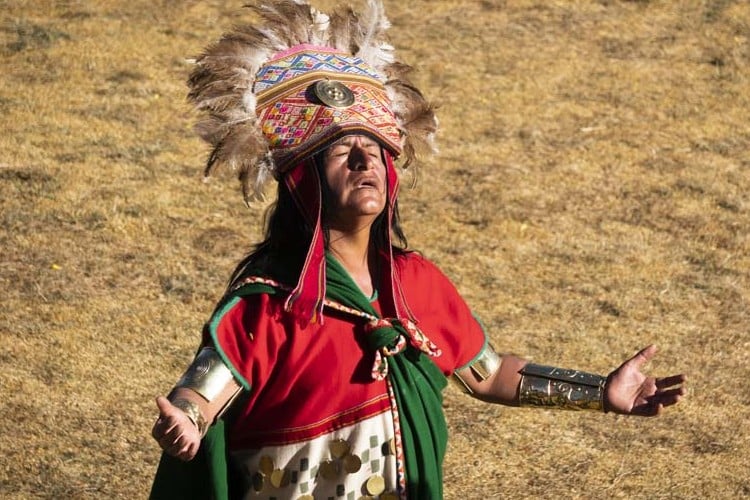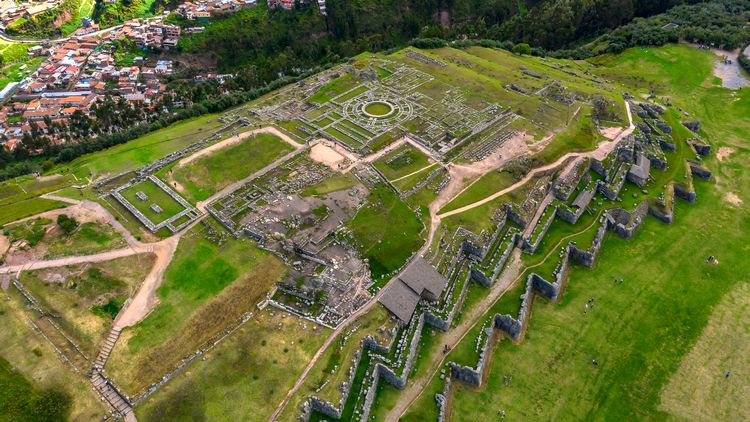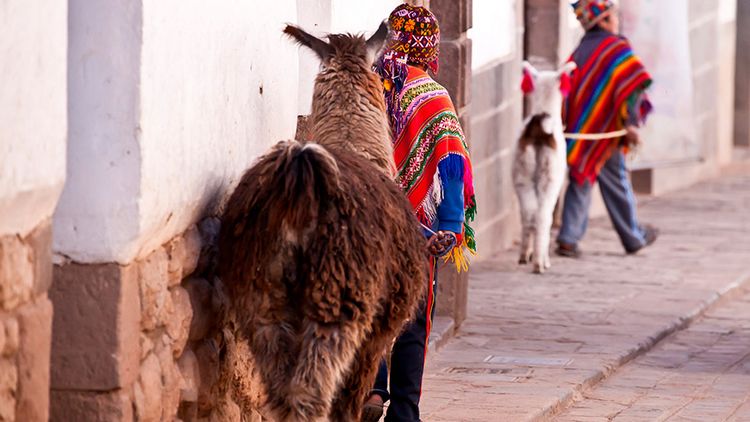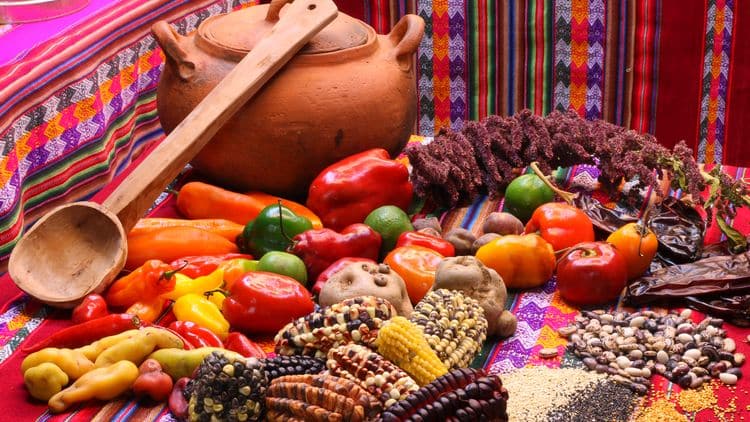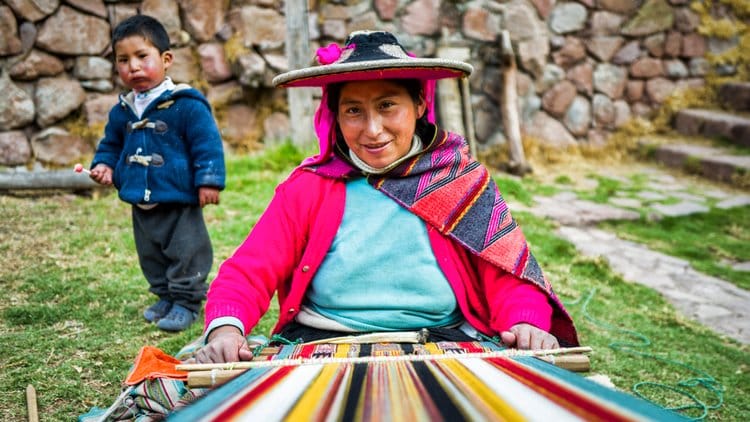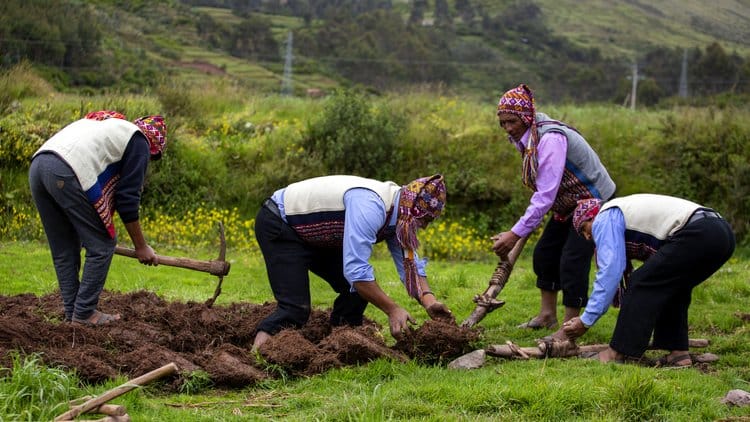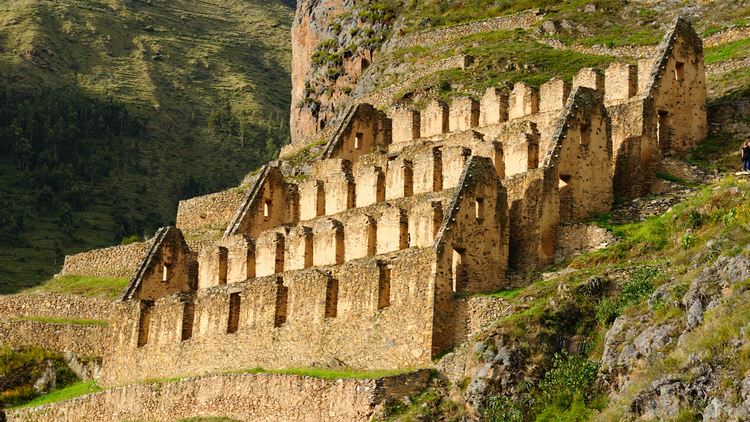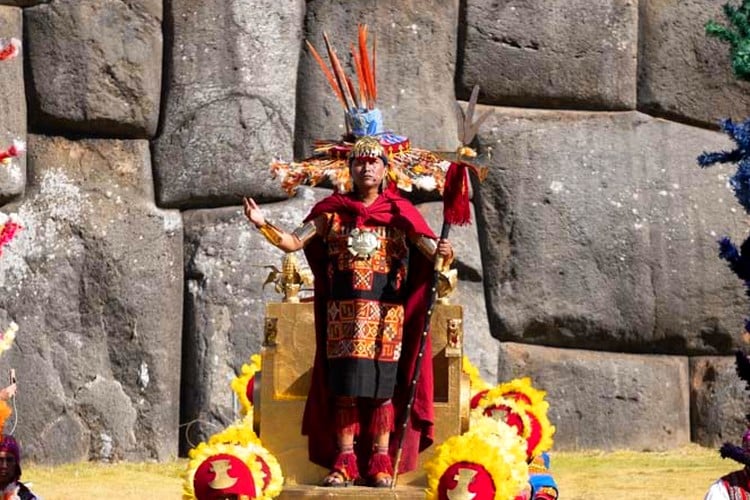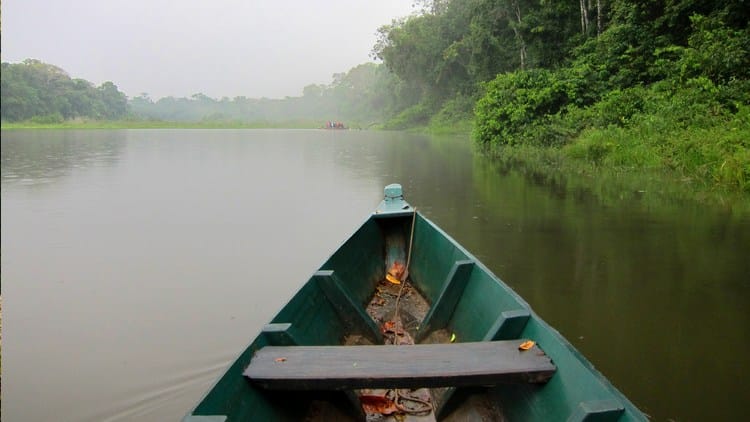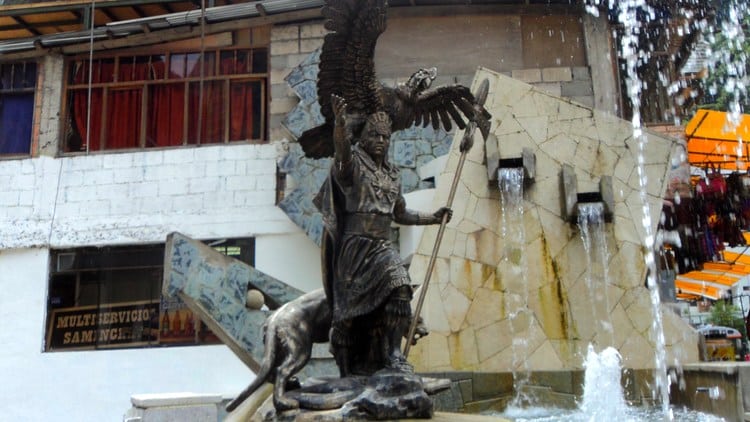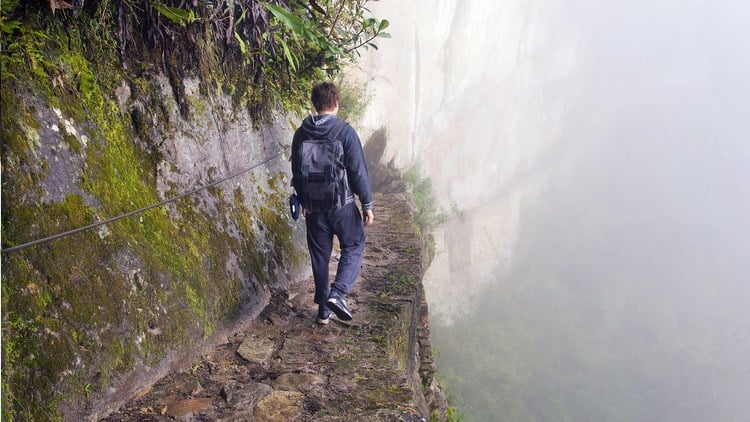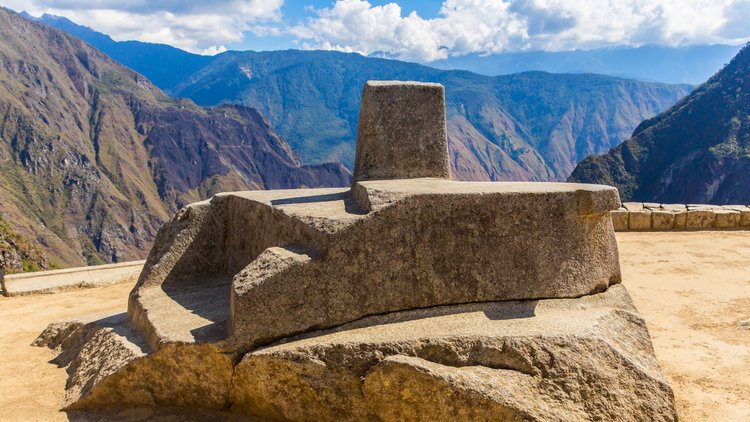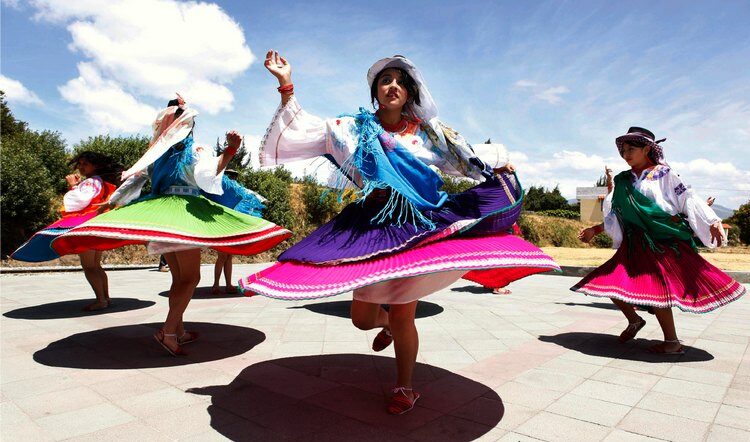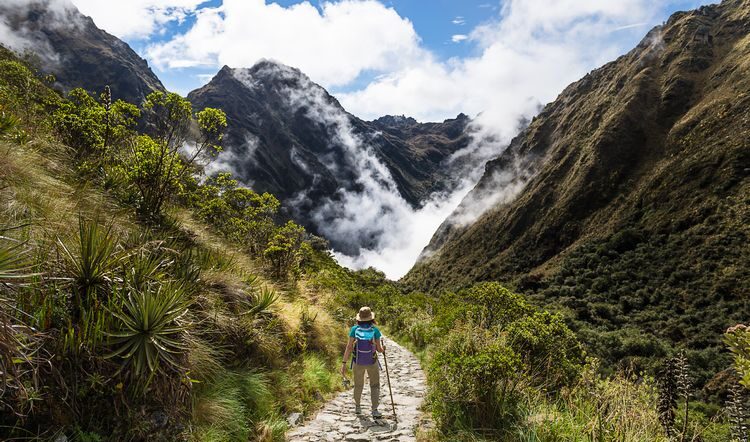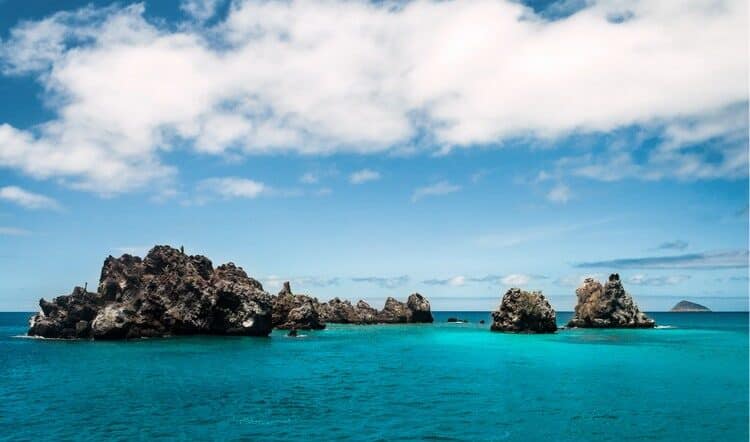Curious to know some facts about the Incas? Well, for starters, depending on your definition of “ancient,” you might be surprised to learn that the Incas reigned relatively recently, given the scope of human history. The height of the Inca Empire happens to be around the same time Johannes Guttenberg invented the printing press and when Europeans settled in North America.
These are just a couple of the many fascinating tidbits about the Incas that we want to share with you here. In this article, we take a deep dive into life during Tahuantinsuyo (the four corners of the Inca Empire) between the 15th and early 16th centuries. There are quite a few reasons the Incas managed to become the largest Pre-Columbian civilization in such a short period of time!
The 12 most interesting facts about the Incas
1. The Inca Empire only lasted for about one century
We don’t know precisely when Inca culture began to emerge; however, most scholars place it around the 13th century. There is even an exciting origin story and myth. The first Incas, Manco Capac and his sister (who also became his wife), Mama Ocllo, were brought to earth by the god Inti (the Sun god) and emerged together from the sacred waters of Lake Titicaca, near Isla del Sol (The Sun Island).
This said, through careful carbon dating at various Inca settlements, archaeologists believe the empire itself began to form around 1400 CE. So, when we talk about the Inca Empire, we refer to when the Incas transformed from one of the many dominant cultures in the Andes at that time to a conquering power that eventually ran from modern-day Argentina to modern-day Colombia.
Their glory as a reigning power was then abruptly cut short. First, through the arrival of an invisible enemy: smallpox. Smallpox most likely killed the eleventh Inca Huayna Capac, who died suddenly of a mysterious illness in 1528.
His death quickly sparked a civil war between his sons Atahualpa and Huáscar, which weakened the empire’s defenses, alongside the novel disease coursing through the population. These two factors eventually made way for the Spanish to successfully conquer the Incas in 1532.
2. The Incas didn’t have a written alphabet, but they had khipu
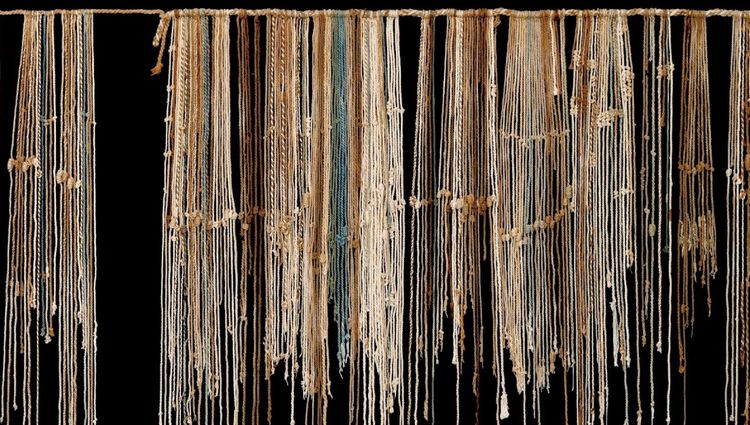
Photo Source: Pinterest
Quechua is, and always has been, a primarily spoken language. Since the Spanish conquest in the early-mid 16th century, scholars and linguists have actively developing a written Quechua language. They’ve used the Roman alphabet; however, even today, most modern spellings of Quechua words are contested.
So, how did the Incas manage to communicate large amounts of data (both quantitative and qualitative) over such a vast empire? They used an incredibly unique and intricate device called a khipu or quipu – using its other spelling. The khipu is a knot record utilizing the decimal system to convey information based on the number and type of knots presented on each string.
3. The Incas domesticated very few animals – llamas, alpacas, ducks, and guinea pigs
Much like other cultures predating European colonialism in the Americas, the Incas highly revered their domesticated animals. Llamas and alpacas were mainly considered pack animals but were also an ample source of wool and leather. Ducks and guinea pigs (much to the surprise of the western world) were mainly bred as a food source but were never the primary food source.
In fact, without llamas, the empire might not have expanded as it did. Llamas were indispensable for carrying large packs of highly coveted resources, like fish from the jungle at lower altitudes and potatoes (native to Peru), quinoa, and other highly nutritious agricultural products grown at higher altitudes. Put simply, the llama was their primary import and export vehicle.
4. The Incas were mostly vegan
The vegan lifestyle came relatively easy to the Incas. Guinea pig, or cuy in Quechua, was their main source of animal protein. Even then, cuy meat was reserved for special occasions. This is still reflected in modern-day Peruvian society, as most Peruvians only eat guinea pig during family celebrations and national holidays.
Even though the source of meat protein was slim, the Incas grew and harvested a plethora of incredible plants, which we now refer to as superfoods. These include over 4,000 varieties of potatoes, quinoa and amaranth (kiwicha), maca, purple corn, cacao, sacha inchi (the jungle “peanut” and rich source of Omega-3 fatty acids), and so much more!
5. The Incas respected complementary gender roles – no machismo
Most cultures predating the Spanish conquest presented and respected gender fluidity and upheld a complementary power structure between men, women, and individuals of a third gender (which is further broken down today as non-binary and trans individuals). The Incas were no exception to these cultural concepts of gender.
Two-spirit individuals, called Quariwarmi, were not only respected but also elevated in society as shamans because the Incas worshiped a dual-gendered god called chuqui chinchay. In addition, women were active members of society, primarily responsible for bartering and economic records for their families and communities.
6. The Incas had a unique communal concept called ayni
Certain aspects of Inca culture and society are still very much upheld and integrated into modern-day Andean society, and one such concept is ayni. Ayni is a beautiful Quechua word that translates to “today for you, tomorrow for me.” This word encompasses the concept that we all live in an interdependent society and that every individual must give before receiving.
During the Inca Empire, the concept of ayni was most reflected in rituals like pagos a tierra, in which shamans and witnesses gave various material and earthly goods back to Pachamama (Mother Earth). This was to honor and thank Pachamama for the great bounty she provided. To this day, pagos a la tierra are a common practice in Andean agricultural communities.
7. The Incas never had to worry about starvation
The shared concept of ayni made sure that no one ever went without food, in addition to the Incas’ intricate and advanced agricultural system and food preservation techniques. Much of this system even existed before the Inca Empire, as people in the Andes have been using innovative agricultural methods for about 8,000 years, such as vertical terraces built for polyculture.
Essentially, the Incas pooled together this wealth of agricultural knowledge from the peoples they conquered and made sure everyone was mutually taken care of. One such technique that prevailed during Inca times was refrigeration in round structures called qollcas. Qollcas were built from volcanic stone to keep the humidity out and regulate the cool temperature.
8. The Incas were imperialists
This may seem like an obvious point, considering we have been talking about their empire after all; however, the Incas were imperialists at the end of the day. Their main goal was to unite all as many individual peoples and cultures as possible under the overarching umbrella of their absolute rule.
It is easy to romanticize Inca civilization because of its obvious architectural accomplishments, agricultural innovations, gender inclusivity, and fascinating cosmology. They also differed from the Spanish and other later colonizing forces because their aim was not to change the people they “adopted” but instead incorporate each cultures’ individual strengths into their empire.
However, like any dominant group in human history, in some ways, they went too far. The Incas had to deal with more than one rebellion, especially in the jungle. Some people resisted the empire with everything they had.
9. The Incas never managed to fully conquer the jungle
To this day, most Quichua communities in modern-day Ecuador reject Incan heritage. They are not descendants of the Incas. And this makes sense, considering Ecuador was the Incas’ final frontier before their demise at the hands of the Spanish. They were also met with the most challenging resistance in Ecuador, particularly in the Amazon, where cultural commonalities were few.
This was also true in the Amazon jungle in other parts of the continent, where native cultures and communities already had their own pre-existing alliances and functional society, which differed significantly from that in the Andes.
10. The Incas believed in three realms or planes
The Incas based their religion around three realms or planes, represented by the following three animals: the condor, the puma, and the serpent. Hanan Pacha is the spirit world, guarded by the condor. The puma protects the earthly realm, called Kay Pacha, and the serpent belongs to the underworld, Uku Pacha. These three realms and animals are also referred to as the Inca Trilogy.
11. The Inca road system spanned 25,000 miles
The famous Inca Trail is but one very small (and impeccably restored) twenty-five-mile stretch of the Qhapaq Ñan – the 30,000-mile interconnected Inca roadway. The Qhapaq Ñan ran through Andean Mountain passes of almost 20,000 feet above sea level, all the way down to coastal lowlands, and was an indispensable feature of the empire for communication, defense, and trade.
12. The Incas planned their architecture in line with the cosmos
The Incas possessed a profound knowledge of astronomy and how human beings interact with the natural world to connect with the cosmos. Therefore, they carefully planned the positioning and designed every single structure concerning natural features and how those features play against the stars and planets.
For instance, Machu Picchu was built on the very top of a mountain surrounded by the Vilcanota River. Also, from certain vantage points within the Machu Picchu citadel, you can observe the alignment of the sun rising and setting over sacred Apus (mountain spirits) during the solstices and equinoxes.
If you’re feeling inspired by all of these fascinating aspects of Andean culture and tradition stemming from the Incas (and we hope you are), contact us today to start planning your own excursions through former Inca territories!

